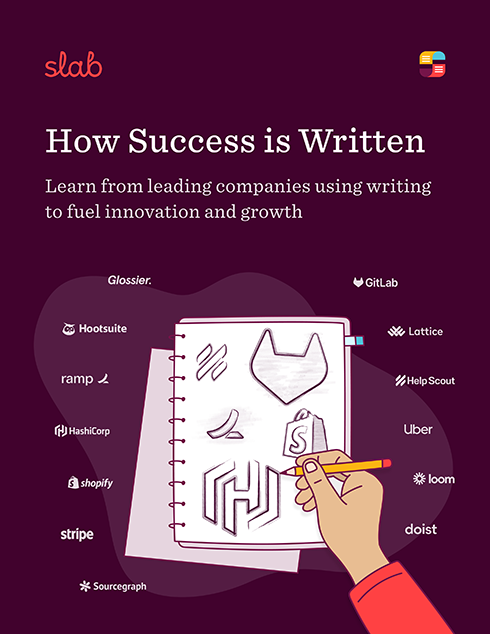Building an office for the digital age
How Hootsuite used knowledge sharing to develop a hybrid model
If you’ve heard of social media, you’ve probably heard of Hootsuite. The social media management platform has been around for 13 years, operates in 13 regions around the world, and employs over 1,200 people. It was one of the first SaaS companies to exist in the social media space, and it remains one of the most prevalent.
Much of the company’s success over the years can be attributed to its adaptability. After all, which virtual landscape has changed more rapidly or dramatically over the years other than social media? Historically, this adaptability was focused outward: that is, any significant changes were implemented in response to the ever-changing social media landscape.
More recently, Hootsuite has shifted that focus inward. Along with many other companies, the pandemic changed the way the company approached its office environment. The company has committed to a hybrid model that offers both virtual and in-person options to its employees.
According to Hootsuite’s Senior Manager of Internal Communications, Alexis Sheridan, figuring out a hybrid work model that worked meant focusing on the company’s knowledge-sharing infrastructure, "We believe the virtual office experience is as important as the physical office experience."
Knowledge sharing from the employee point of view
Hootsuite has always approached knowledge sharing with the employee experience in mind. “We think about how to best set up our people for success by providing them with clear processes and engaging tools that allow them to powerfully connect with their peers and deliver great work,” she says.
In a hybrid office model, this means making communication easier. “Enabling our people to convey their ideas clearly and engage with peers via writing is extremely important.” Alexis knew that she and her team would have to build a framework that would make it just as easy to communicate via writing as it would be to communicate face-to-face in an office setting. The team started by identifying tools in their stack that had overlapping uses, then surveyed the whole company to identify the best channels for different types of communication. “The ultimate goal was to create a framework that would allow us to do less, better.”
In the end, Alexis and her team landed on a three-prong communications system that’s broken down as follows:
Email is used for messaging with external parters and formal internal messaging like announcements, project kickoffs, and company updates. “Email isn’t going away anytime soon, but it is being used differently now than in the past,” says Alexis.
Slack
Slack is a catchall for everything informal. This includes one-to-one messaging, project messaging, and informal companywide communication. Slack allows Hootsuite’s employees to streamline noise, but it also creates a centralized hub for communication. It’s there just as much for casual communication as it is for getting up to speed on what’s happening with a particular project.
Intranet
Hootsuite has built a proprietary intranet that houses important resources and documents that can be referenced collectively. The purpose of this tool is to increase transparency and make information widely accessible to whomever needs to reach it. “We needed a place where each team could keep their information,” says Alexis. “Everyone knows and trusts that what's available here is reliable and up to date. Having this centralized source of truth fosters commitment and trust in the organization.”
Enabling authentic communication
Being clear about which modes of communication should be used in a number of contexts has been important; it’s the foundation that makes it possible for employees to communicate in an authentic and transparent way. As Alexis tells it, “Since the company is focused on social, our people understand the power of content and how to use applications to communicate ideas and information. Our focus is to provide the guidance that helps them do it effectively.”
Having the right communication processes and resources available increases alignment and breaks down silos. “There’s a huge emphasis on engagement, supporting one another, being collaborative, and recognition,” says Alexis. “These are all the result of emphasizing communication across the company.”
The great thing about working in a company that understands communication so well is that the point of communication is never belabored—people get it. “People understand how to write engaging copy in a way that gets people fired up and clearly communicates initiatives. Now they have clear guidelines around where all of that should live,” says Alexis.
Connection, engagement, and recognition—no matter the distance
The adaptability of Hootsuite’s employees has made it possible to adapt to the changes of a hybrid workplace. Employees have found new and innovative ways to stay connected from afar. “Being a global organization means we’ve always done virtual meetings. So from that point of view, transitioning to a hybrid model has been pretty seamless.”
As for the future of internal communications at Hootsuite, Alexis wants to see the focus on writing to communicate become even more ubiquitous. “Seeing people try out new communication formats that are engaging and accessible for all employees is a goal,” she says. “Whether people are in an office or not, we’re a global organization, so it’s critical to us to deliver tools that help all our people feel connected and inspired and do their best work.”

